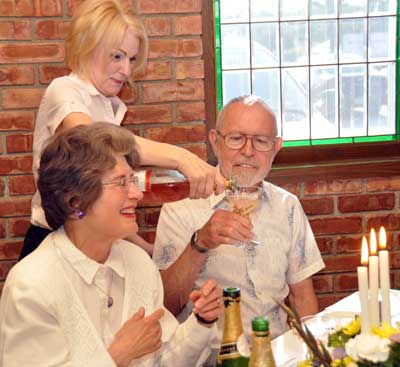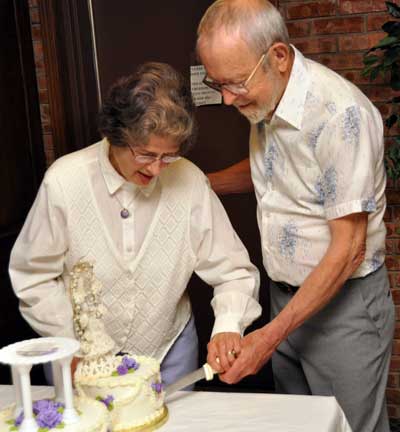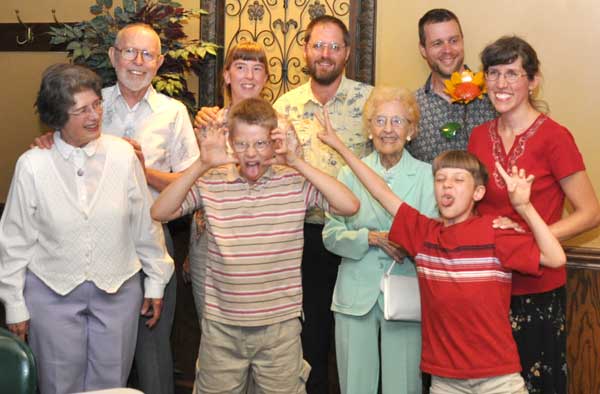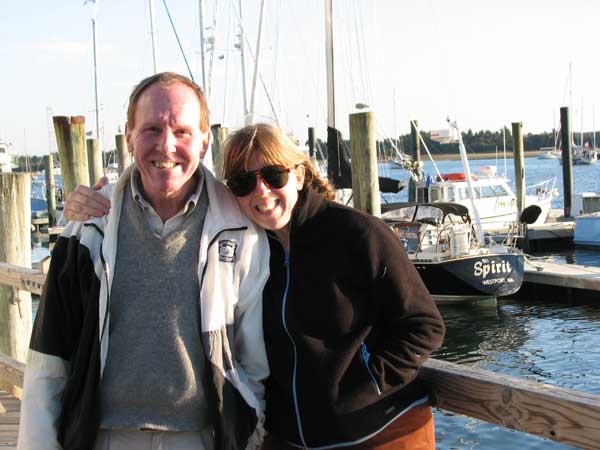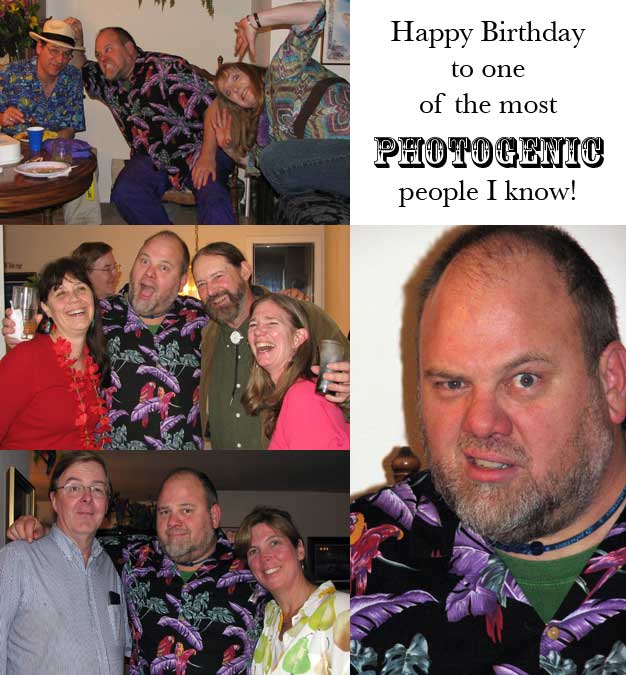Eighteen days so far, but it seems a lot longer. Traveling at the speed of snails, we try to make about 50 miles each day along the well-marked, well-traveled Intracoastal Waterway. Some of the route we’ve traveled twice, some three, and some four times. “I remember those houses with the little structures on top,” Barry said, in Myrtle Beach. “We anchored near that sunken boat in 2004,” I said, in the Waccamaw River.
It gets a little boring. But unlike the snowbirds driving up and down I-95, we have the wildlife to distract us.
“Look, dolphins!” we’ll say to each other, pointing. Of course, if you look directly at the place where they were just seen, you’ll miss them when they come up the next time. Because they always come up someplace else. You have to sort of unfocus your eyes and let your gaze rest somewhere near where they were. Then you can quickly refocus when they appear next, someplace else.
But one day, in Georgia, I came up from the head, and Barry said, “We have a companion.” As if on cue, a dolphin surfaced about five feet from the cockpit. “Wow!” I said, running over to see where it would come up next. To my surprise, in about a minute, it came up again, in exactly the same place. And a minute later, again.
Our marine mammal friend was so dependable, I began to talk to it. For no real reason, I decided it was a she-dolphin, and I called her “Flipper.” I’d wait for her to come up, anxiously calling “Here, Flippy, Flippy, Flippy!” She probably wondered what the stream of strange and excited noises were, each time she came to the surface.
At one point, I saw a commotion in the water a few hundred yards away. It was a group of dolphins, fishing. They were swimming and thrashing in circles, making turbulence to confuse their prey. We call it “bubble-fishing,” or “bubble-chasing.”
“You’re not going to abandon us for those other dolphins, are you, Flipper?” I asked our silvery friend. She didn’t respond, just surfaced and dove again. And again. No, she wasn’t going to abandon us.
At a bend in the river, I was so distracted by our companion that I nearly ran Flutterby aground. “Yikes! The depth is really dropping off here!” I said to Barry, concerned. “Well, aren’t you supposed to keep the green markers on your starboard side?” he replied. It was a very silly mistake, given that we had kept hundreds of green markers to starboard for days, and would continue to do so for the entire trip. For landlubbers, it’s like forgetting that you are supposed to drive on the right side of the road and wondering why the cars are suddenly coming at you.
Flipper stayed with us for almost an hour, about five miles. Finally, as we were approaching an opening bridge, Barry looked back and saw a fin, about a boatlength behind us, going away. “That looks familiar…isn’t that her?” he said. “Bye, Flipper!” I called. “Thanks for traveling with us!”
We were still marveling at our amazing dolphin experience when we saw something strange, about a boatlength away. “What kind of fish is that?” I asked. It was a very small fin, too small for a dolphin. Then there was a splash, and a larger fin appeared right beside it. “Oooooh! It’s a baby!” Just at the surface of the water, we could see two shadowy shapes — a mother dolphin and her baby. She was pushing him gently with her snout to the surface of the water, like a tugboat shepherding precious cargo.
In addition to the dolphins, we saw a sea turtle, his back covered in barnacles, swimming off the beach at Harbor Island. We’ve seen enormous rays, sometimes just at the surface of the water, and several times we saw them jump clear out of the water. We stopped the boat in Winyah Bay, outside Georgetown, to watch 3- and 4-foot tarpon leaping out of the water, too, straight up. The splashes were bigger than pelicans, which have been known to wake me up when they dive near to the boat. A local fellow explained that tarpon don’t eat when they are jumping, so it’s no good fishing for them. That explains why we had the tarpon show all to ourselves.
The past day or so, in South Carolina, have been “osprey alley.” Along the Waccamaw River, every navigational piling has an osprey nest on it, with a momma and her babies. At a thickly forested anchorage, Barry was puzzled, because one of the nests seemed to have a momma and babies, and two other osprey bringing fish to it. The little ones hollered for food all day long.
There’s a whole class of people out here who seem unaware of the wildlife. They zoom by on noisy, go-fast speedboats, cheerfully waving their beers at us. Some pass by over and over, their hateful wakes rolling and bouncing us as they tow children or waterskiiers. Without looking behind them, they don’t know the turbulence they create, and they are completely unaware of the course changes we make when they stop suddenly to pluck a crying child out of the water. At least the jetskis rarely leave a wake. But they, too, are unaware, not noticing that their spray is falling on me and my poor camera.
I call them the wild life. I have to work to remember that they are people, too, not just the obnoxious machines they drive. They are not tormenting me on purpose, they are just unaware.
Just as they are unaware of the dolphins, the osprey, the sea turtles, the dragonflies, the butterflies, the rays, the red-winged blackbirds. My wildlife. I’d share it with the wild life, if they’d just slow down.
